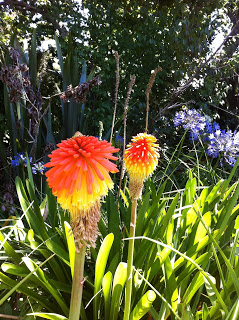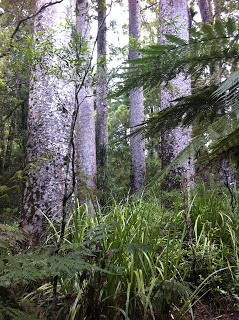Discovering Kerikeri
Where everything started
Kerikeri is the largest town in Northland New Zealand, a ‘must visit’ town full of charms, character and friendly locals with its central Northland location. Situated in the Bay of Islands, Kerikeri is a wonderful part of the world, a place of historical significance, where Maori met missionaries and history changed forever.
Kerikeri is a popular tourist destination about three hours drive north of Auckland, and 80 km north of the northern region’s largest city, Whangarei. It is often called the Cradle of the Nation, being the site of the first permanent mission station in the country, and it has some of the most historic buildings in the country.
The village was established by New Zealand’s pioneering missionaries, who called it Gloucestertown, or Gloucester Town, but neither name endured. The Māori word Kerikeri was spelled and pronounced as Keddi Keddi or even Kiddee Kiddee, but the town’s name is today generally pronounced Kerry Kerry but with a rolled r by Māori.
KERIKERI’S STORY
Kerikeri has been a part of the European history of New Zealand from the beginning. The first European to visit the area was Captain Cook, who named the region the Bay of Islands in 1769. Until the founding of Auckland and Wellington, the Bay of Islands was the centre of European activity in New Zealand.
Samuel Marsden, after meeting Te Pahi, the paramount chief of the Ngati Rehia of Kerikeri, who was one of the earliest Maori to start trading with the early Europeans, went back to the Church Missionnary Society in London and a decision was made to set up a mission in New Zealand.
 |
| Established in 1819, the Kerikeri Mission Station is one of New Zealand’s first places where Māori invited visitors to live among them. Built under the protection of local Māori chiefs who were keen to harness the trade and technology of Europe, Kerikeri Mission Station grew amidst a backdrop of tribal warfare and ever-increasing visits from foreign ships. |
 |
|
Located next door to Kemp House, the Stone Store is NZ’s oldest stone building. It was designed by Wesleyan missionary John Hobbs, and built by Australian convict William Parrott.
|
Kerikeri was also the first place in New Zealand where grape vines were planted. Samuel Marsden planted 100 vines on 25 September 1819 and noted in his journal that New Zealand promised to be very favourable to the vine.
Kerikeri is also a gateway of choice to the Bay of Islands, which boasts 144 subtropical islands accessible from Paihia. With a warm sub-tropical climate there is something here for everyone with much to offer in outdoor activities, forests, coastal walks, championship all weather golf courses, lakes, waterfalls, maritime playground, beaches, fishing, diving, yachting.
Source: Wikipedia and SeraTraveller
The Rainbow Falls
Unlike most New Zealand waterfalls which are created by the erosion of soft rock, the Rainbow Falls are sited on a hard basalt layer of rock beside softer mudstone. The falls were formed when water eroded the mudstone. The 27 metres waterfall is popular with tourists and is regularly photographed from an adjoining Department of Conservation area.
The Manginangina Forest
This forest represent how the whole New Zealand was only 150 years ago, before the arrival of the firsts colons.
The Kauri forest
Inland from Kerikeri are the forest of the mighty Kaury, Puketi and Omahuta. Tese forests form one of the largest continuous tracks of native forest in Northland. The area is a treasure house for native plants and animals, and includes populations of kaka, kiwi and kokako. Puketi is also home to the largest living Kauri, which stands at a height of 50,9meters. The forest has a range of walking, tramping and camping opportunities.
The circle I am sitting on is actually the diameter of a tree named Kauri, which was at this place
The Kauri is a conifer of great antiquity. Its ancestors arose during the Jurassic period – 150 million years ago- when dinosaurus roamed the earth.
The Kauri’s wood is very strong and was employed to build the towns.
Go back to the starting of my trip in New Zealand
here
Filed under: Bay-of-islands, http://schemas.google.com/blogger/2008/kind#post, Kauri, Kemp-station, Kerikeri, Manginangina-Forest, Maori, New Zealand, Puketi, Rainbow-Falls, Rewa's_Village, Stone-store, TE_PA_KAINGA_O_REWA, Travels, Waianiwaniwa, waterfall | Leave a comment »













































































































